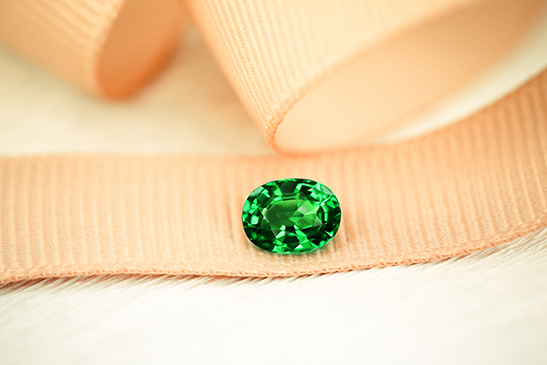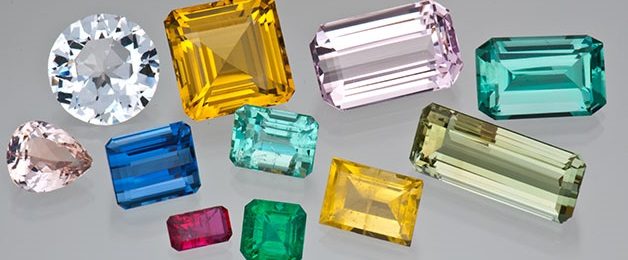If you love gemstones, you have probably noticed that some stones have the AAA classification. But what exactly does this mean?
The “A’s” – a system for evaluating coloured gemstones
Unlike Diamonds, which have a universal rating system that is strictly observed, there is no generally accepted or consistent evaluation system for all other gemstones (for example Ruby or Sapphire). However, all these gemstones are not equal, they vary in colour, transparency, etc. making it almost impossible to rate all coloured gems through predefined categories of assessment. So how can you recognize a high quality gemstone?
To allow for differentiation between gems, sellers have agreed on a different classification for coloured gemstones. The system marks quality gems with an “A”, very good quality with “AA” and truly outstanding quality with “AAA”. Quality refers to the beauty and intensity of colour, transparency of the stone (generally the more transparent, the higher the quality), and finally the quality of the cut. This can also mean that a gemstone of high transparency and beautiful colour but has been cut poorly will not be classed “AAA”.

AAA Nigerian Morganite
Limits of “A” classification
The main limit to the “A” classification is that fine and precious stones naturally possess extremely different qualities (especially in terms of transparency). Whether a gem has earned its “A” rating is not as clear as in the system used for Diamonds. The rating system for Diamonds is based on highly specific quality requirements, using the “A” system is more ambiguous.

AAA Tanzanite
Case study; Emerald and Tanzanite
A key challenge to this system is that no distinction between gems of type I, II and III is made. Perhaps a brief explanation of the gem types is helpful; a type I gem is a natural gem containing no inclusions. Of course, depending on the stone and its origin, inclusions may still arise in type I gems, but it is common to find perfectly transparent specimens of these gems. Examples of type I gems are Citrine, Amethyst and Tanzanite. In contrast, type III gems contain visible inclusions and are almost never completely transparent. An example of a type III gem is Emerald, which always has visible inclusions, especially in larger specimens.
Therefore, you can understand how difficult it is to decide “AAA” ratings if you were to compare an Emerald with a Tanzanite. Emeralds with a “AAA” rating will be a gorgeous colour and skilfully cut, meanwhile a AAA Tanzanite will be absolutely clear to the naked eye (also a beautiful colour and cut). AAA classification is not a guarantee of a pristinely transparent stone, this will depend on the nature of the gem.
No universal rating
Ultimately the assessment of “AAA” gems is up to the seller, and because of this there can be differences in the quality of “AAA” between different vendors. For example, while some sellers describe as “AAA” Tanzanite only the top 5% of the finest quality Tanzanite specimens mined, others are more meticulous and only qualify “AAA” as the top 1% of the finest specimens extracted. Believe me, there is absolutely a difference! Especially in terms of colour intensity, which is arguably the most important factor when choosing a Tanzanite.

AAA Tsavorite
AAA gemstones at Rocks & Co.
You may have noticed that Rocks & Co. only uses the rating “AAA” and not the “A” or “AA” ratings. As this system is quite subjective Rocks & Co. wants to maintain consistency and uses this system frugally.
Thanks to our renowned gemstone experts who scour the world for the most beautiful gems and share their vast wealth of knowledge with us, Rocks & Co. is able to work with truly exceptional gemstones. Particularly our Tanzanite, Emerald, Morganite and some varieties of Garnet and Aquamarine.
Rocks & Co. applies the term “AAA” very selectively and we assess each gem individually. Do not hesitate to compare “AAA” gems from different vendors before making your choice!
Explore a variety of AAA gemstone jewellery at Rocks & Co!






